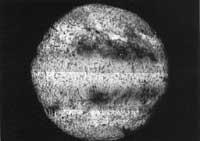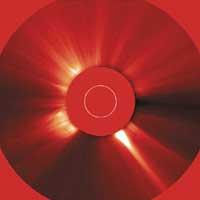Looking at the Sun
2003/06/01 Rementeria Argote, Nagore - Elhuyar Zientziaren Komunikazioa Iturria: Elhuyar aldizkaria

XVI. Until the 19th century, astronomers who watched the sky at first glance watched a spot in Europe and the Sun and thought Mercury was passing by the Sun. The telescope revolutionized astronomy. The discovery of sunspots, like many other discoveries, is largely due to the telescope.
David Fabricius was a Lutheran pastor from Friesland, Germany. In the biographies written on him, he was described as an amateur astronomer, but nevertheless he focused on the sky and was the first to describe a variable star in 1596.
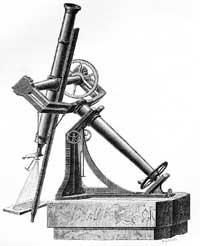
Apparently, Johannes received from his father the hobby of astronomy. So, at the end of his studies, he brings a telescope to his house from Herberee. Thus, when he looked at the sky at dawn, young Johannes discovered that the Sun had spots. Both called their father and began to observe this discovery.
The observation method initially used was very painful as it looked directly at the Sun. The telescope was headed first to a bank of the Sun and, as the eyes get used to that luminosity, it was headed toward the center of the Sun. These observations were made at dawn and dusk to prevent the eyes from suffering excessive damage. According to Johannes himself, the eyes were often red and increased. This redness lasted up to two days and affected the eye.

So they abandoned direct observation and began to use a tool called a dark camera. Thanks to this instrument, they could see the image of the Sun in a natural color without damaging the eyes.
For months they observed the stains moving on the surface of the Sun, and observed that the missing stains of the western edge appeared on the eastern edge in a dozen days. For this time, Giordano Bruno and Johannes Kepler affirmed that the Sun revolved on its own axis, and the Fabriciustes defended the same hypothesis.
The first book on sunspots was written by Johannes. Under the title De Maculis in Sole Observatis, et Apparente earum cum Sole Conversione Narratio, it was published on June 13, 1611. Although it arrived in time for the Frankfurt fair, it did not have much impact, because the most commonly written conclusions had very little force and did not publish drawings. Some people think that when determining the nature of these spots, the father and son were not of the same opinion, which caused many explanations to remain on the skin. Whatever the reason, for years the work of the Fabriciustes was not given great value.
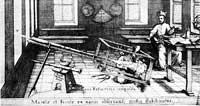
The Fabriciustos were one of the pioneers in observing the Sun. They would surely dream of instrumentation to see the sun accurately, but they had to have a lot of imagination to know how far the technology has advanced since that time.
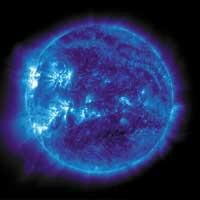
At first glance it is difficult to distinguish the largest spots in the Sun. If you look at binocular binoculars, only two or three spots can be seen. With a large capacity telescope between ten and twenty. And from an observatory located in space you can distinguish up to a hundred spots.
Currently, the most accurate and at the same time spectacular photographs of the Sun come from SOHO orbiting observatories (SOlar Heliospheric Observatory). This observatory was built for Sun research, where ESA and NASA collaborate on numerous projects.
What are sunspots?
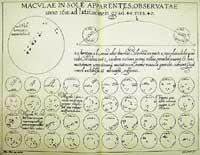
Apparently, these visible spots on the Sun are plasma currents generated by a strong magnetic field. The magnetic field is located at the bottom of the stain and drowns the upward energy flow coming from within the Sun. The structure is very stable because it is based on a cycle in continuous renewal. By cooling the surface material is denser, so it falls to the center of the stain and carries with it the surrounding material and magnetic field. Thus, while the area is resistant, the stain stays cooler than the area, so it looks darker than the area, despite its natural glow.
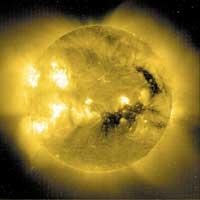

Gai honi buruzko eduki gehiago
Elhuyarrek garatutako teknologia



